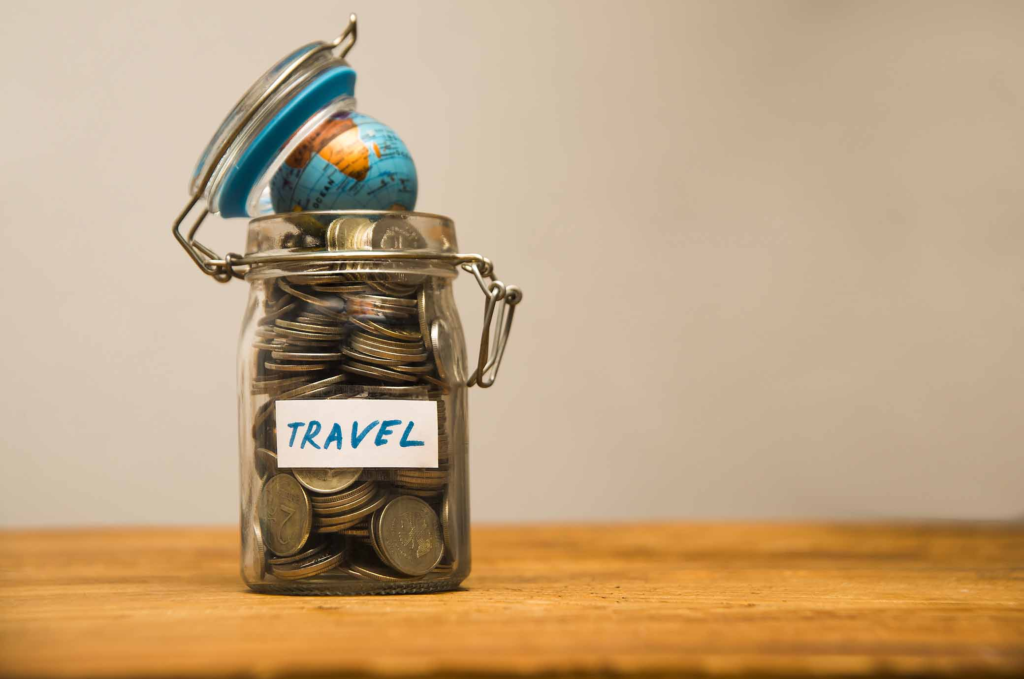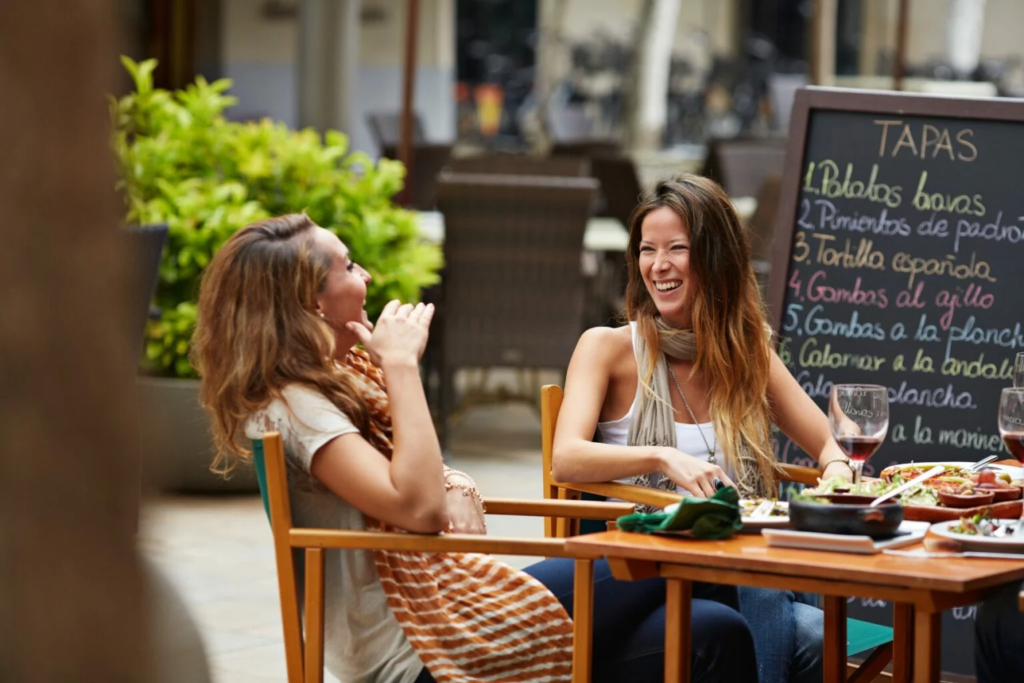Spain is a country rich in history, culture, and stunning landscapes, making it one of the most popular travel destinations in the world. Whether you’re drawn to the architectural wonders of Barcelona, the beaches of the Costa del Sol, or the vibrant festivals of Seville, Spain offers something for everyone. However, before you pack your bags and head off on your adventure, there are a few things you should know to ensure your trip is enjoyable and hassle-free. This detailed guide covers everything from the best times to visit, cultural nuances, budgeting tips, transportation options, and more.
1. Best Time to Visit Spain

Spain is a year-round destination, but the best time to visit depends on what you’re looking to experience. Generally, spring (March to May) and fall (September to November) are considered the best times to visit due to the pleasant weather and fewer crowds.
- Spring (March to May): Temperatures range between 12°C to 21°C (53°F to 70°F) in major cities like Madrid and Barcelona. This season is ideal for sightseeing, as the weather is mild, and flowers are in full bloom, especially in regions like Andalusia.
- Summer (June to August): Spain’s summer can be scorching, particularly in the southern regions, where temperatures can soar up to 40°C (104°F). Coastal cities like Valencia, Malaga, and Ibiza are popular during this time, with plenty of beachgoers and festival enthusiasts. Be prepared for higher accommodation prices during this peak tourist season.
- Fall (September to November): Fall offers milder temperatures ranging from 14°C to 25°C (57°F to 77°F), making it ideal for outdoor activities. Harvest season also means plenty of wine festivals, especially in La Rioja.
- Winter (December to February): If you’re not a fan of crowds and want to explore cities like Madrid and Barcelona at a slower pace, winter is a good option. While northern regions like Galicia and the Basque Country can be cold and rainy, southern Spain remains relatively mild with temperatures around 10°C to 15°C (50°F to 59°F).
Read more: Why Should You Move to Live in Spain?
2. Visa and Entry Requirements

Spain is part of the Schengen Area, meaning that citizens of most European countries, the U.S., Canada, Australia, and many others do not need a visa for short stays (up to 90 days). However, if you’re traveling from a country that requires a visa, be sure to apply well in advance.
- Schengen Visa: For travelers who need a visa, a Schengen visa will allow you to travel freely within 26 European countries for up to 90 days. As of 2023, the visa application fee is approximately €80 (around $85 USD).
Be sure to check passport validity as well; your passport should be valid for at least three months beyond your planned date of departure from the Schengen Area.
3. Budgeting for Your Trip

Spain is considered relatively affordable compared to other Western European countries, but costs can vary depending on your travel style and the region you visit. Here’s a breakdown of the typical daily budget:
- Budget Travelers: For those on a tight budget, expect to spend around €50 to €70 per day ($55 to $75 USD). This would cover hostel accommodations (€20 to €30 per night), inexpensive meals (€10 to €15 per meal), and public transportation.
- Mid-range Travelers: A mid-range budget would be around €100 to €150 per day ($110 to $165 USD), including a three-star hotel (€50 to €90 per night), dining at local restaurants (€15 to €25 per meal), and some paid attractions or day trips.
- Luxury Travelers: For a more luxurious experience, budget around €250 to €400 per day ($270 to $440 USD), which includes staying in upscale hotels (€150+ per night), dining at high-end restaurants (€40+ per meal), and private tours or transportation.
It’s also important to account for additional costs such as entrance fees to museums or attractions. For example, entry to La Sagrada Família in Barcelona is around €26 ($28 USD), while the Alhambra in Granada charges between €14 to €17 ($15 to $18 USD) for general admission.
4. Spain public transportation

Spain has an extensive and reliable public transportation network, making it easy to travel between cities and within regions. The two main options are trains and buses, though renting a car is also a popular option for exploring more rural areas.
- Trains: Spain’s high-speed trains (known as AVE) are the fastest way to travel between major cities. For example, the journey from Madrid to Barcelona takes just 2.5 hours by AVE, with prices ranging from €40 to €120 ($44 to $130 USD), depending on how far in advance you book. For budget travelers, slower regional trains offer a more affordable option, though they take longer. For example, a regional train from Madrid to Valencia can take 6 hours and cost around €25 to €50 ($27 to $55 USD).
- Buses: Long-distance buses are an affordable alternative to trains, though they take longer. A bus from Madrid to Seville takes around 6 hours and costs between €20 to €40 ($22 to $44 USD), depending on the service provider.
- Car Rentals: Renting a car is a good option if you want to explore rural areas or visit multiple cities at your own pace. Car rental prices start at around €25 to €40 ($27 to $44 USD) per day, but be sure to budget for fuel, tolls, and parking. Spain has strict parking rules in cities, and fines can be high.
- Public Transportation in Cities: Most major cities have excellent public transportation networks, including metros, buses, and trams. For example, a single metro ticket in Madrid or Barcelona costs around €1.50 to €2.50 ($1.65 to $2.75 USD), with day passes available for €7 to €10 ($7.50 to $11 USD).
5. Cultural Etiquette and Customs

Spain has a rich and diverse culture, with unique traditions, languages, and customs varying by region. While Spaniards are known for their warm hospitality, it’s important to be aware of some key cultural differences.
- Language: While Spanish (Castilian) is the official language, many regions have their own distinct languages. In Catalonia, Catalan is widely spoken; in the Basque Country, Basque is common; and in Galicia, you’ll hear Galician. English is spoken in tourist areas, but learning a few basic Spanish phrases will go a long way in building rapport with locals.
- Dining Etiquette: Spaniards typically eat later than in many other countries. Lunch is usually served between 2:00 p.m. and 4:00 p.m., and dinner often doesn’t start until 9:00 p.m. or later. When dining at a restaurant, it’s customary to leave a small tip—about 5% to 10% of the total bill is appreciated but not mandatory.
- Siesta Culture: In smaller towns and rural areas, it’s still common for businesses to close in the afternoon for a “siesta,” usually between 2:00 p.m. and 5:00 p.m. This can come as a surprise to travelers expecting shops and restaurants to be open throughout the day.
- Festivals: Spain is famous for its festivals, many of which draw visitors from all over the world. Popular events include La Tomatina (the tomato-throwing festival) in Buñol, the Running of the Bulls in Pamplona, and Semana Santa (Holy Week) in Seville. If you’re visiting during one of these festivals, be sure to plan ahead, as accommodations can fill up quickly, and prices may be higher.
6. Health and Safety

Spain is generally a very safe country to visit, with low crime rates compared to other European destinations. However, as with any major tourist destination, petty crime like pickpocketing can occur, especially in crowded areas.
- Pickpocketing: Be especially cautious in tourist hotspots like Las Ramblas in Barcelona, Puerta del Sol in Madrid, and crowded metro stations. Use anti-theft bags or backpacks and avoid carrying large amounts of cash.
- Healthcare: Spain has a high-quality healthcare system, and as a visitor from the European Union, you can use your European Health Insurance Card (EHIC) for medical services. For non-EU visitors, it’s recommended to have travel insurance. A doctor’s consultation typically costs between €50 to €100 ($55 to $110 USD) without insurance.
- Emergency Numbers: Spain’s emergency number is 112, which covers police, fire, and ambulance services.
7. Currency and Tipping

Spain uses the Euro (€), and ATMs are widely available in cities and towns. Credit cards are accepted at most hotels, restaurants, and shops, but it’s a good idea to carry some cash, especially in smaller towns where card payments may not be as common.
- Tipping: Tipping is appreciated but not expected in Spain. For restaurants, leaving a tip of around 5% to 10% is customary, while rounding up the bill for taxi drivers and leaving a small amount for hotel staff is a common practice.
8. Packing Tips

Spain’s climate varies greatly depending on the region and season, so it’s important to pack accordingly.
- Clothing: For summer, lightweight clothing is essential, but don’t forget a hat, sunscreen, and sunglasses to protect against the strong sun. For winter, especially in northern regions or the mountains, pack warm clothing like sweaters and a good jacket.
- Adapters: Spain uses Type C and Type F electrical plugs with a standard voltage of 230V. Be sure to bring a travel adapter if your devices use different plugs.
Spain is a diverse and enchanting country with something to offer every type of traveler. From its rich history and architecture to its beaches, festivals, and delicious cuisine, Spain is a destination that captivates the heart. By planning ahead, understanding cultural norms, and budgeting wisely, you can make the most of your trip and create unforgettable memories in this vibrant and historic country.
Read more: 10 Days in Spain: A Full Detailed Planing




